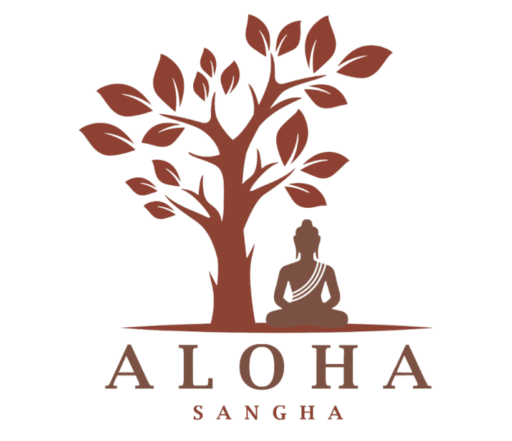Mindfulness allows us to live into all that cannot be solved. It’s also a gateway to equanimity, the peace of the present moment.
The other day, I listened to a podcast of an interview with Frank Osteseki, who is a pioneer in end-of-life care, founding in 1987 the Zen Hospice Project, the first Buddhist hospice in the USA.
He has trained countless caregivers in how to provide compassionate care for those facing life-threatening illness. There was one line Frank used in that interview that struck me.
Reflecting on current events, Frank remarked:
We are developing the capacity to bear witness to that which cannot be solved but can be lived into.
Frank Ostaseski: Lessons to the Living from the Dying
I often get anxious and go round in circles in my head, trying to solve or deal with some question or problem.
Will Bird Flu explode into Pandemic 2.0? Will a certain former USA president be re-elected? (typing this last line, I feel my blood pressure spiking.)
But listening to Frank I’m reminded we can hold our seat in the unknown, live into our deepest fears, and get to a good place. Most of what comes at us day after day cannot be solved, but it can be lived into, as Frank put it.
But just how do I do this? How can I be “equanimous”?
In Buddhism, there is a lot of teaching on “equanimity.” I struggled for years trying to “be equanimous” with my many life struggles. It took me a long time to realize that equanimity is not some fantastic chilled out mental state I might eventually experience in the future.
It’s actually right here, right now.
The some-day-to-be-attained cooled-out space is actually already here; it’s just this regular, ordinary awareness reading this line right now.
That’s cazy good news.
curiosity and openness
Sure, Frank was talking about training healthcare workers how to care for the dying. But he’s also talking about how to meet our own death, and how we can train ourselves to meet any moment in this unrepeatable life of ours, with curiosity and openness.
Even in the throes of the most distressing morning we can relish what the poet and Zen teacher Norman Fischer describes as the
great and beautiful secret of meditation practice: you can experience suffering with equanimity.
Suffering Opens The Real Path
There is a Zen story that talks about being open and curious I love very much (from the collection: The Book Of Equanimity, Case 20):
The monk Fayan was going on pilgrimage.
Master Dizang asked, “Where are you going?”
Fayan said, “On pilgrimage.”
Dizang asked, “What sort of thing is pilgrimage?”
Fayan said: “I don’t know.”
Dizang said, “Not knowing is most intimate.”
Fayan suddenly had a great awakening.
So this 13th century Chinese monk goes on a pilgrimage, and when asked why he was doing this by a master he is visiting, suddenly realizes he doesn’t really know why. The teacher gives him a high five, encouraging him to stay open and curious:
Not knowing is most intimate.
This simple quality of not-knowing allows intimacy, goes the teaching. When we fully open to our not-knowing mind, there’s curiosity and openness.
This intimacy is available right here, right now as your ordinary awareness reading this. The peace of the present moment, this cooled out space, is hiding in plain sight!
beginner’s mind
Suzuki Roshi never tired of teaching about what he called beginner’s mind– which is just another way to describe this ordinary awareness of ours:
If your mind is empty, it is always ready for anything, it is open to everything. In the beginner’s mind there are many possibilities, but in the expert’s mind there are few.
With the freshness of this not-knowing mind, this beginner’s mind, this always available ordinary awareness of ours, we experience others more intimately.
listening more deeply.
To be with another person in this way we are open to listening more deeply, as the poet Rilke teachers us here:
Were it possible for us to see further than our knowledge reaches, and yet a little way beyond the outworks of our divinings, perhaps we would endure our sadnesses with greater confidence than our joys.
For they are the moments when something new has entered into us, something unknown; our feelings grow mute in shy perplexity, everything in us withdraws, a stillness comes, and the new, which no one knows, stands in the midst of it and is silent.
Rainer Maria Rilke, Letters to a Young Poet
Be well, dear reader.




